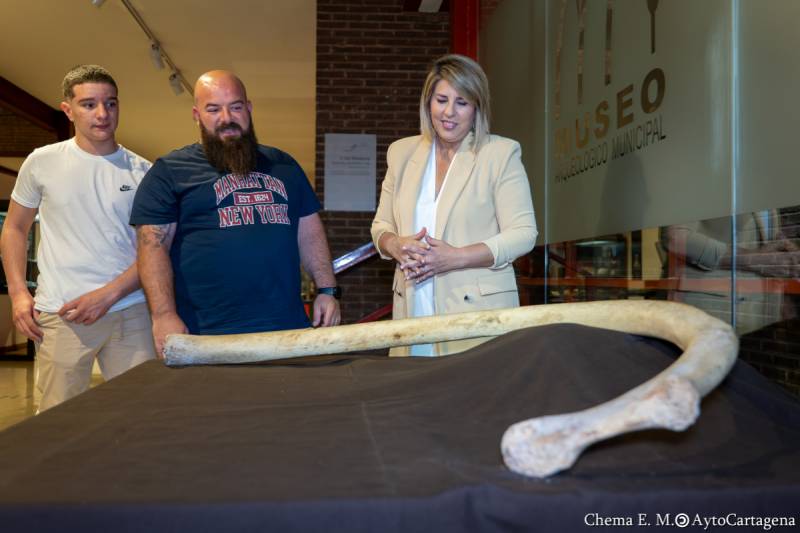

Guidelines for submitting articles to San Javier Today
Hello, and thank you for choosing sanjavier.today to publicise your organisation’s info or event.
San Javier Today is a website set up by Murcia Today specifically for residents of the urbanisation in Southwest Murcia, providing news and information on what’s happening in the local area, which is the largest English-speaking expat area in the Region of Murcia.
When submitting text to be included on San Javier Today, please abide by the following guidelines so we can upload your article as swiftly as possible:
Send an email to editor@spaintodayonline.com or contact@murciatoday.com
Attach the information in a Word Document or Google Doc
Include all relevant points, including:
Who is the organisation running the event?
Where is it happening?
When?
How much does it cost?
Is it necessary to book beforehand, or can people just show up on the day?
…but try not to exceed 300 words
Also attach a photo to illustrate your article, no more than 100kb

Amazingly well-preserved mammoth rib discovered in Cartagena cave
The extraordinary fossil, which was discovered in the Cueva Victoria, backs up ideas about early human migration and highlights the region's rich Pleistocene past
 A fascinating find in Cartagena has unveiled a complete rib of a southern mammoth (Mammuthus meridionalis) inside the Cueva Victoria cave. This major discovery, shared by the Cartagena city council, is considered the largest fossil unearthed at the site to date.
A fascinating find in Cartagena has unveiled a complete rib of a southern mammoth (Mammuthus meridionalis) inside the Cueva Victoria cave. This major discovery, shared by the Cartagena city council, is considered the largest fossil unearthed at the site to date.







